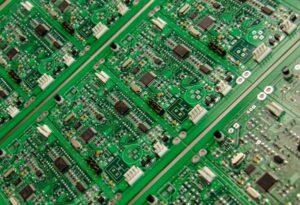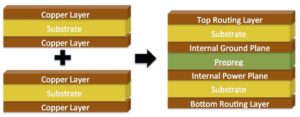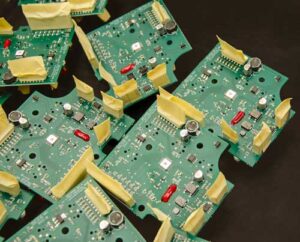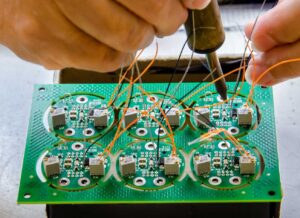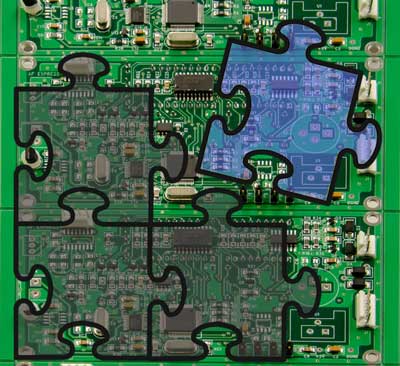 When an OEM, DOD contractor, or consumer manufacturer introduces a new product that contains electronics, changes sometimes need to be made to either the design or the layout of the PCB. Design flexibility is vital from your supplier; it doesn’t matter whether the product is simple or complex, changes to the PCB’s form, fit, or function can be required because of changes in
When an OEM, DOD contractor, or consumer manufacturer introduces a new product that contains electronics, changes sometimes need to be made to either the design or the layout of the PCB. Design flexibility is vital from your supplier; it doesn’t matter whether the product is simple or complex, changes to the PCB’s form, fit, or function can be required because of changes in
- product functionality requirements
- availability of components
- diversification for market applications
- weight or other dimensional requirements to meet end item application
- performance assessment after prototype evaluation
Companies like ADL who have both in-house electronic design and manufacturing capabilities make ideal partners because they are flexible enough to provide seamless assistance when design revisions are needed. At ADL we can provide you with access to our in-house experts in Design For Manufacturing (DFM) who serve as guides for any changes needed. Our staff can advise you how to make changes such as:
- maximize a layout to reduce schedule and production risks
- optimize your business processes, cost, and design stability throughout the product lifecycle
- track changes and part numbers for component end of life and availability
If changes are needed to the production of your PCB we can quickly implement them on our shop floor.
Change Effects on Production and Delivery
A word to the customer, changes after the initial layout or BOM can be disruptive to the production flow of the EMS but are necessary at times. However, a more flexible EMS partner, such as ADL, will understand that a product schedule, particularly the critical path of the project, is essential in delivering a new product to market. A good EMS will understand and help circumvent the barriers to market entry through timely changes to their own schedules when possible. Another key element in flexibility for an EMS is that start-ups may be inaccurate when determining their sales forecast. For example, they may request a certain amount of product to be delivered to them quarterly. If initial sales projections fall behind and the consumer wants to push delivery out to later in the blanket order to protect their cash, a good EMS will have in place a way to work with you. Ask your EMS up front and keep them well informed so they can accommodate your request. They may require an additional charge to cover expenses, not an additional convenience fee.
How important is flexibility?
To quote one of our customers, a predictive maintenance service provider in manufacturing who ADL began a relationship when they were a start up, “Time and ease of business…Your team has been proactive…we need business partners with the same desire to be one step ahead for the best customer experience.” We are now years into this relationship, which continues to grow and their product’s continue to evolve.
Our job as a supplier/partner is to provide our customers with not only today’s solutions but tomorrow’s as well.
Contact Us for More Information
For more information, contact us today
- Use our online form to get a quote for your next project
- Call us (614) 345-9040.



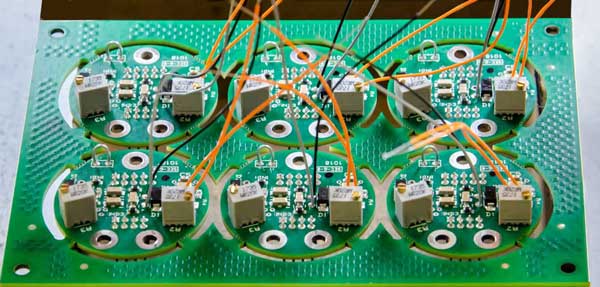
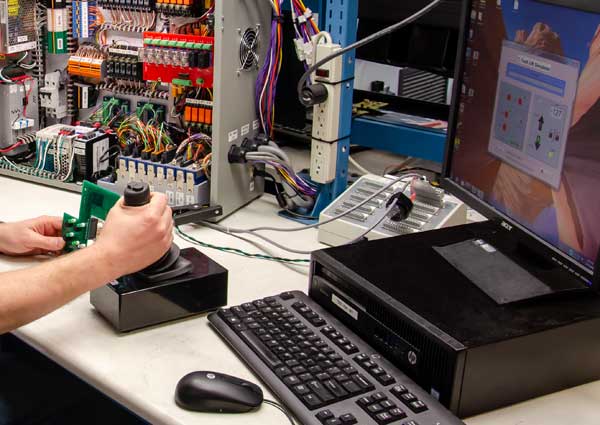 Testing your printed circuit board assembly is a balancing act. You want to maximize the coverage of the test without making it cost prohibitive and bogging down the production process. Having a good understanding of your PCB assembly and common failure modes is key to developing a test that is both thorough and cost-effective. At ADL, we are constantly working with our customers to develop and improve their test requirements.
Testing your printed circuit board assembly is a balancing act. You want to maximize the coverage of the test without making it cost prohibitive and bogging down the production process. Having a good understanding of your PCB assembly and common failure modes is key to developing a test that is both thorough and cost-effective. At ADL, we are constantly working with our customers to develop and improve their test requirements. In addition to attaching real data to the elements above, working with ADL should provide you with opportunities to
In addition to attaching real data to the elements above, working with ADL should provide you with opportunities to